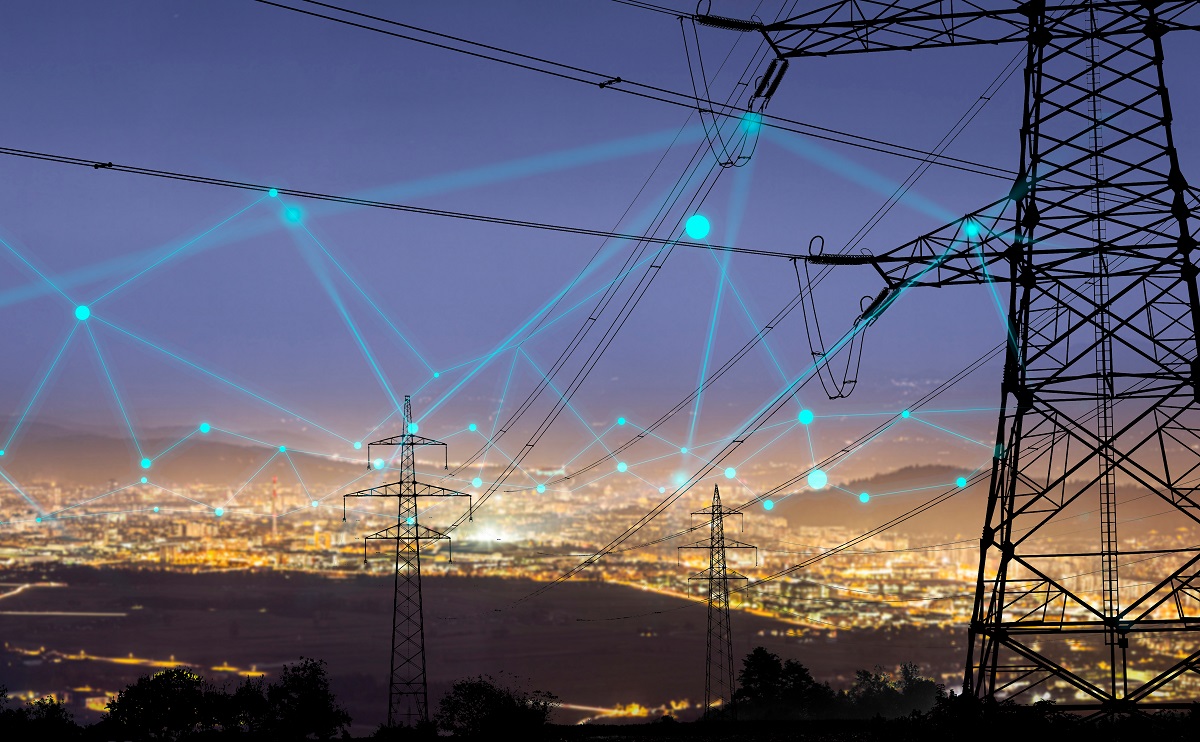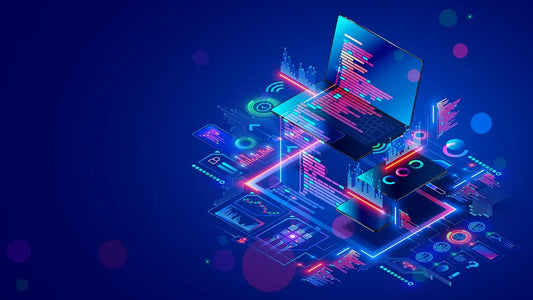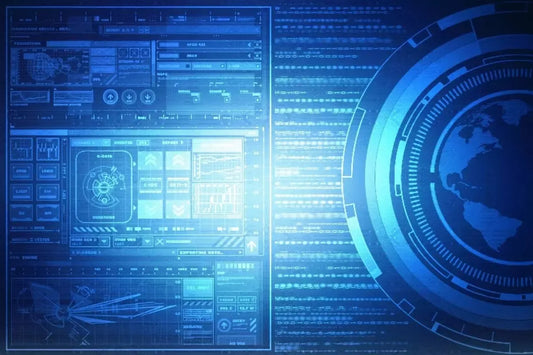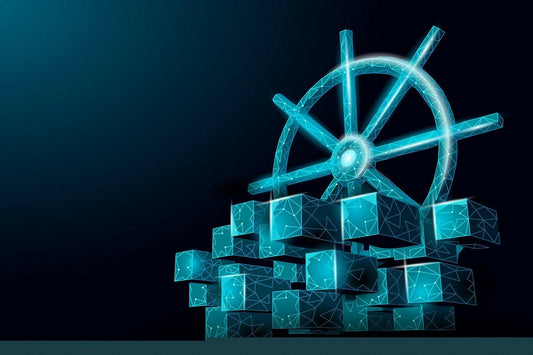Course Overview
What You Will Learn
Program Curriculum
Instructor
Felipe Costa
Felipe is an ICS (Industrial Control System) Cybersecurity Expert with more than + 16 years inside the industry dealing with different technologies. He is the cybersecurity director of ISA (International Society of Automation) in Brazil. ISA is responsible for the industrial cybersecurity standard IEC-62443 to protect critical systems. Felipe is also the current Technical Cybersecurity Responsible in LATAM at Moxa. He is in charge of the cybersecurity projects providing secure topologies, technology recommendations to smart grid applications in more than 20 countries and cooperating with US cybersecurity experts. Felipe is also an international speaker & author of technical articles published globally in the field of cybersecurity and artificial intelligence, and more recently, in how to enhance cybersecurity with artificial intelligence usage. He had the opportunity to present in different countries and events, including the artificial intelligence and cybersecurity event to NASA experts in the US. He has more than +20 Cybersecurity certifications in different US universities including the US homeland security department training for protecting industrial control systems, besides a Master Science in Industrial Cybersecurity in Spain.
Join over 1 Million professionals from the most renowned Companies in the world!
Empower Your Learning with Our Flexible Plans
Invest in your future with our flexible subscription plans. Whether you're just starting out or looking to enhance your expertise, there's a plan tailored to meet your needs. Gain access to in-demand skills and courses for your continuous learning needs.
Pro
Ideal for continuous learning, offering extensive resources with 880+ courses and diverse Learning Paths to enhance your skills.
What is included
- 880+ Premium Short Courses
- 70+ Structured Learning Paths
- Validation of Completion with all courses and learning paths
- New Courses added every month
Pro +
Experience immersive learning with Practice Labs and CTF Challenges for comprehensive skill-building.
Everything in Pro and
- 1600+ Practice Lab exercises with guided instructions
- 150+ CTF Challenges with detailed walkthroughs
- New Practice Labs and Challenges added every month
















